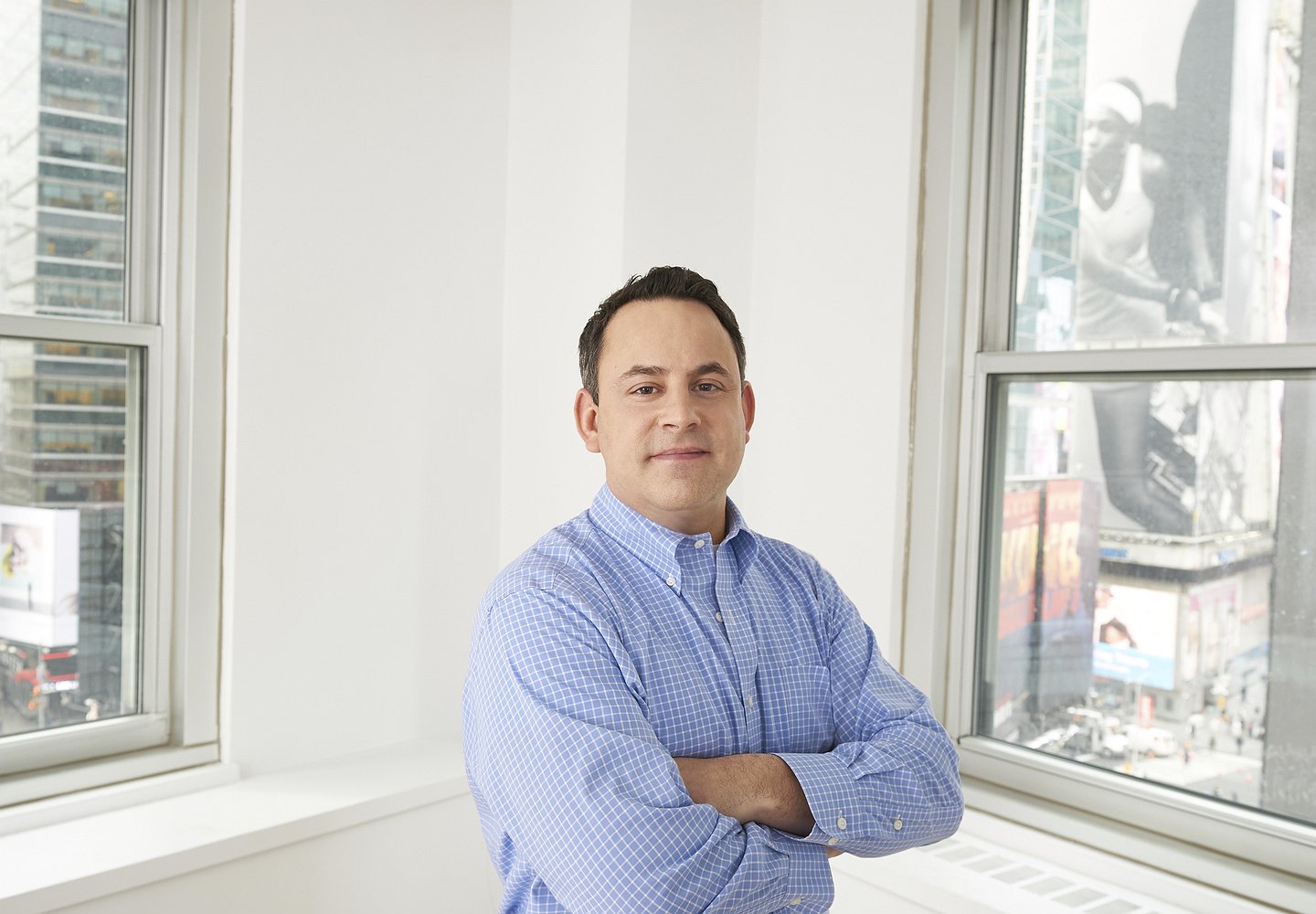 As the structure of the TV buy and sell paradigm evolves
with advancements in automation, technology and protocols, the future of
television is filled with a range of dramatic possibilities. Mike Bologna, President
one2one Addressable, Cadent,
presented his views of what he sees as the future of Addressable TV at the
recent TVB conference held in New York.
As the structure of the TV buy and sell paradigm evolves
with advancements in automation, technology and protocols, the future of
television is filled with a range of dramatic possibilities. Mike Bologna, President
one2one Addressable, Cadent,
presented his views of what he sees as the future of Addressable TV at the
recent TVB conference held in New York.
Bologna spoke with Videa President Shereta Williams about
what’s next in targeted TV and automation for broadcasters. The discussion
focused on the automation of the business model to, as he explained, “enable
new business models; what broadcasters are doing to advance standard API
adoption through the TIP initiative; what is the local broadcast Addressable
Advertising opportunity now and in the future; and how will connected TVs and
ATSC 3.0 adoption enable Addressable Advertising.” The TIP initiative is a
partnership between system providers in order to streamline transaction
workflows and create greater inter-activity between various buy and sell systems.
The Pressure is On
For Bologna,
TV once involved the entire family sitting around a wooden TV box viewing
content together. But that was a long time ago. “TV was easier to plan, buy and
measure,” he reminisced, “But that is not the case anymore. Now no one is at
home watching TV. We are now in a world where consumers have all the choices in
the world.”
All players in the ecosystem have their challenges. Overall,
the industry needs to be nimble and forward-moving. There is a natural tendency
to strive for the perfect solution but that can hamper progress but hesitation
is lethal. “TV is changing,” he stated, “and we can't wait until its ‘perfect’
to adopt addressable.” He also pointed out that data and technology are the
center of the TV business and the industry is poised for great change.
Brands are under a lot of pressure to “get the most bang for
their buck,” while, “Media owners need the highest rent they can get so they
can continue to produce great content. It is a complex marketplace,” he noted. And
agencies, according to Bologna, have the hardest job of all. “Agencies have the
burden of putting all of it together holistically and not in silos.”
Actionable Steps
Broadcasters
face their own unique challenges in implementing addressable (including
carriage agreements, unified measurement system). Marketers are limited with
two minutes per hour. And between the two entities, there are a myriad of
legacy buy/sell systems that have “a lot of pieces to be stitched together
across twelve different systems. There is no way we can scale without solving
that problem. That is where the TIP initiative comes it.” The opportunities are
there for these two sides of the buy/sell to facilitate the targeting of
messages to reach the right consumers at the right time.
“Define a segment
and send a message to that particular home,” he stated. “Addressability should
deliver audience at scale. Not 120 million households but whatever the percent
of the U.S. your target audience is. And it should tie back to a sale or
whatever you are trying to achieve.”
The
messaging “has to be efficient as calculated by price divided by return in
investment,” he noted and added, “It has to be transparent in terms of scale
and it has to drive results you want. (Addressable) is the only area of TV where
you start with a segment, match it, feed it in and tie it back to a sale.”
New Technology
Broadcasters need to take full advantage of the emerging
technology of smart TVs. “If your TV is connected to the internet you can
receive an addressable ad. This is the broadcaster's marketplace to win and
conquer,” he said. “Today, implementation of addressable advertising faces
challenges of scale. With an alliance between the TVB and several Smart TV
OEM’s, this is a great proof of concept and interim solution until ATSC 3.0 is
in play,” he advised.
But he is also realistic about the timeline for ATSC 3.0. “Speaking
specifically about broadcast, ATSC 3.0 will solve this for us tomorrow if it
was mandatory, which it is not. Because it isn't mandatory and it costs money
it will be a slow roll out.” Despite this, he is bullish on the ATSC 3.0
Protocol Stack as a future game-changer. “It will speed up adoption of
addressable TV, though it could be a while until this protocol is widely
adopted,” he hedged.
.

